Rising Environmental Awareness
The increasing awareness regarding environmental issues appears to be a primary driver for the Biodegradable Cutlery Market. Consumers are becoming more conscious of their ecological footprint, leading to a surge in demand for sustainable alternatives to traditional plastic cutlery. This shift in consumer behavior is reflected in market data, which indicates that the biodegradable cutlery segment is projected to grow at a compound annual growth rate of approximately 10% over the next five years. As individuals and organizations alike prioritize sustainability, the Biodegradable Cutlery Market is likely to witness a significant uptick in sales, driven by a collective desire to reduce plastic waste and promote environmentally friendly practices.
Consumer Preference for Convenience
Consumer preference for convenience is emerging as a significant driver for the Biodegradable Cutlery Market. As lifestyles become increasingly fast-paced, the demand for ready-to-use, disposable cutlery options is on the rise. Biodegradable cutlery offers a practical solution for consumers seeking convenience without compromising their environmental values. Market analysis indicates that the convenience factor is particularly appealing to millennials and younger generations, who are more inclined to support sustainable products. This demographic shift is likely to influence purchasing decisions, thereby enhancing the growth prospects of the Biodegradable Cutlery Market. As convenience and sustainability converge, the market is poised for expansion.
Government Regulations and Policies
Government regulations aimed at reducing plastic waste are likely to bolster the Biodegradable Cutlery Market. Many countries are implementing stringent policies that restrict the use of single-use plastics, thereby creating a favorable environment for biodegradable alternatives. For instance, legislation mandating the use of compostable materials in food service has been enacted in various regions, which could potentially lead to a market expansion. The Biodegradable Cutlery Market stands to benefit from these regulatory frameworks, as they not only encourage manufacturers to innovate but also compel consumers to adopt more sustainable practices. This regulatory push is expected to drive market growth, as businesses seek compliance while meeting consumer demand for eco-friendly products.
Corporate Sustainability Initiatives
The rise of corporate sustainability initiatives is influencing the Biodegradable Cutlery Market. Many companies are adopting environmentally responsible practices, including the use of biodegradable cutlery in their operations. This trend is particularly evident in the food service and hospitality sectors, where businesses are increasingly seeking to enhance their brand image by aligning with consumer values. Market data suggests that companies utilizing biodegradable products can experience a boost in customer loyalty and satisfaction. As more organizations commit to sustainability, the demand for biodegradable cutlery is likely to increase, further propelling the growth of the Biodegradable Cutlery Market.
Technological Advancements in Production
Technological advancements in the production of biodegradable materials are expected to play a crucial role in the Biodegradable Cutlery Market. Innovations in manufacturing processes and material science are leading to the development of more efficient and cost-effective biodegradable cutlery options. These advancements not only improve the quality and performance of biodegradable products but also make them more accessible to a broader audience. As production costs decrease and product availability increases, the Biodegradable Cutlery Market is likely to experience accelerated growth. This trend suggests that ongoing research and development will be pivotal in shaping the future landscape of biodegradable cutlery.


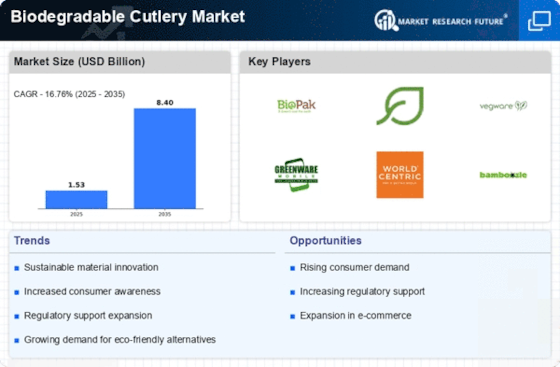
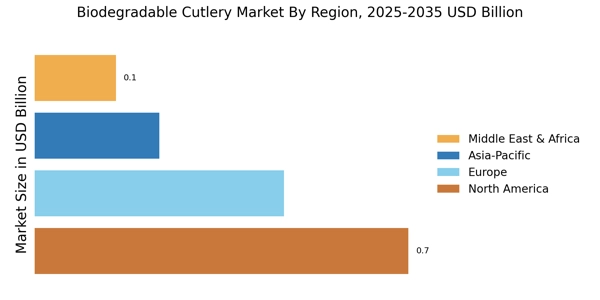

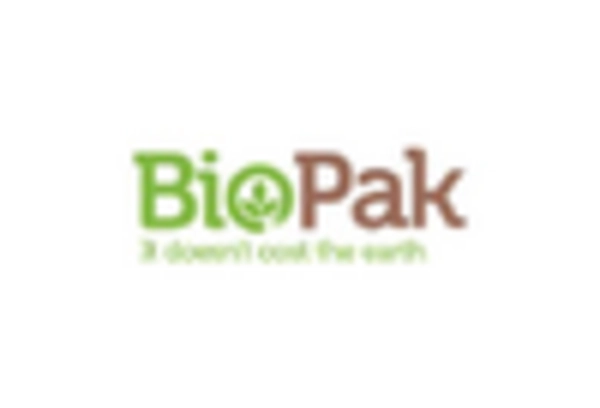


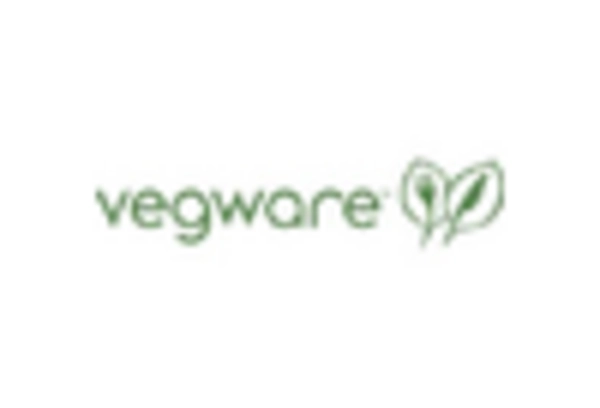
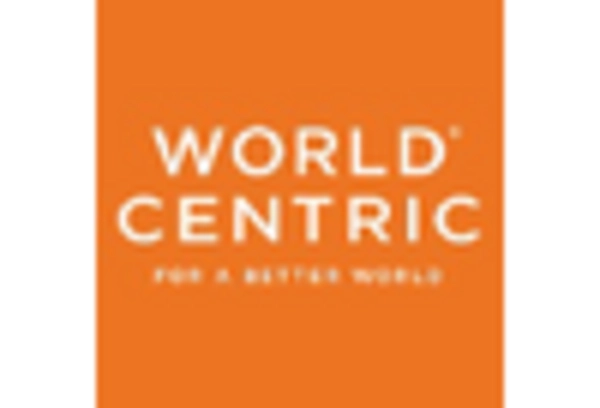








Leave a Comment